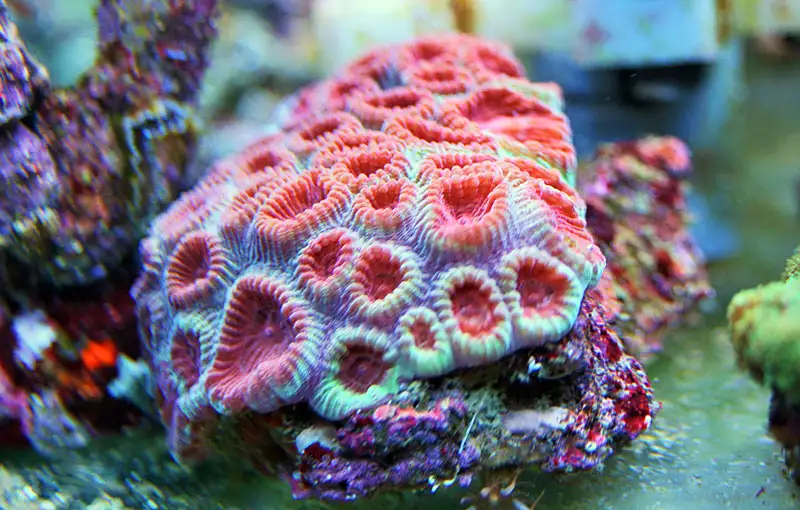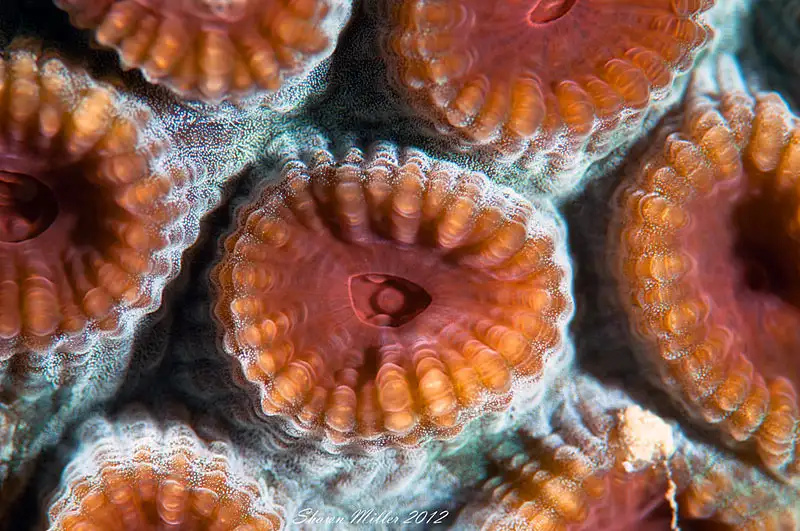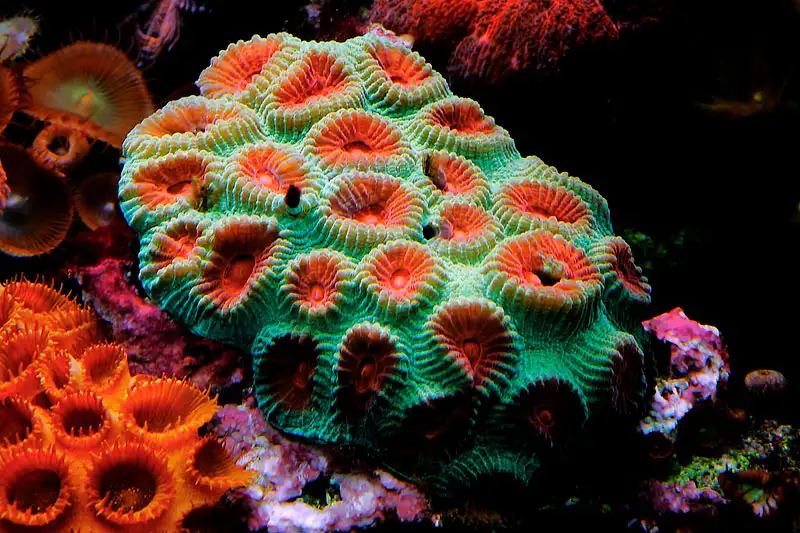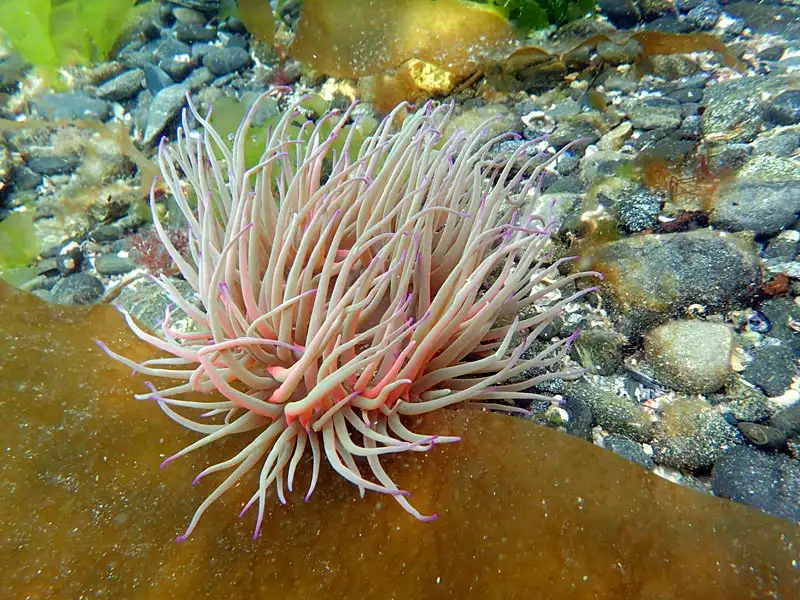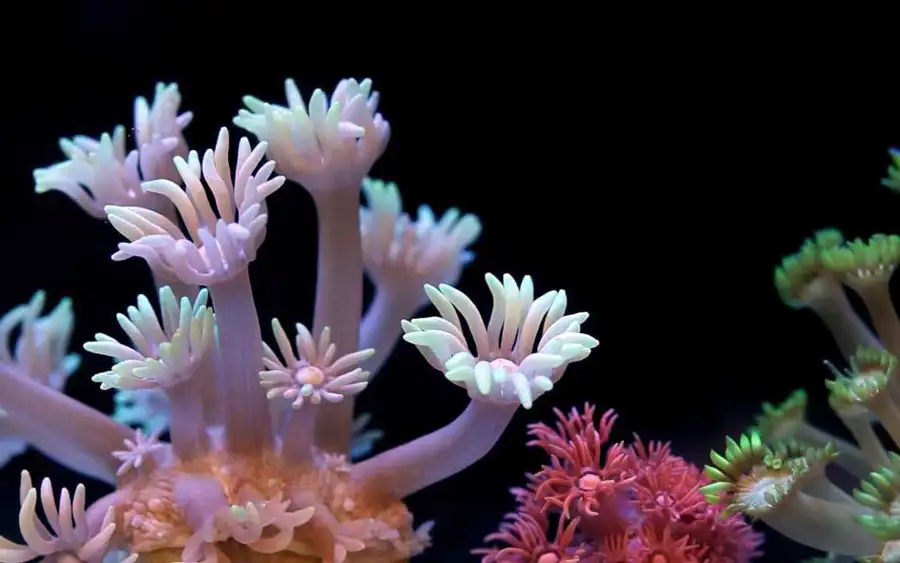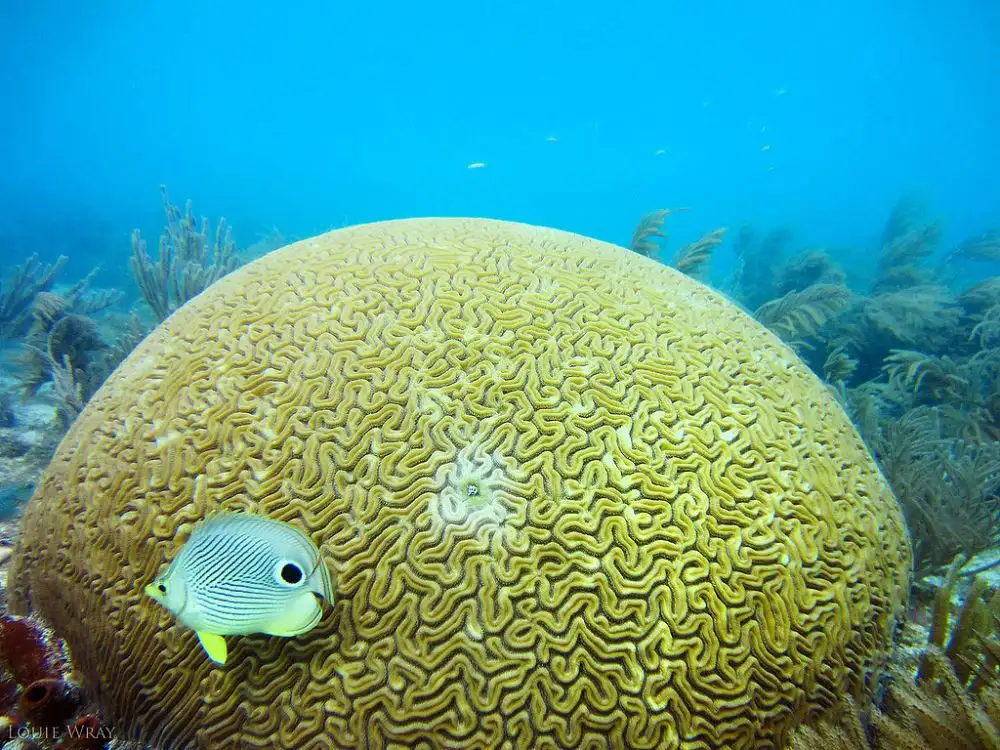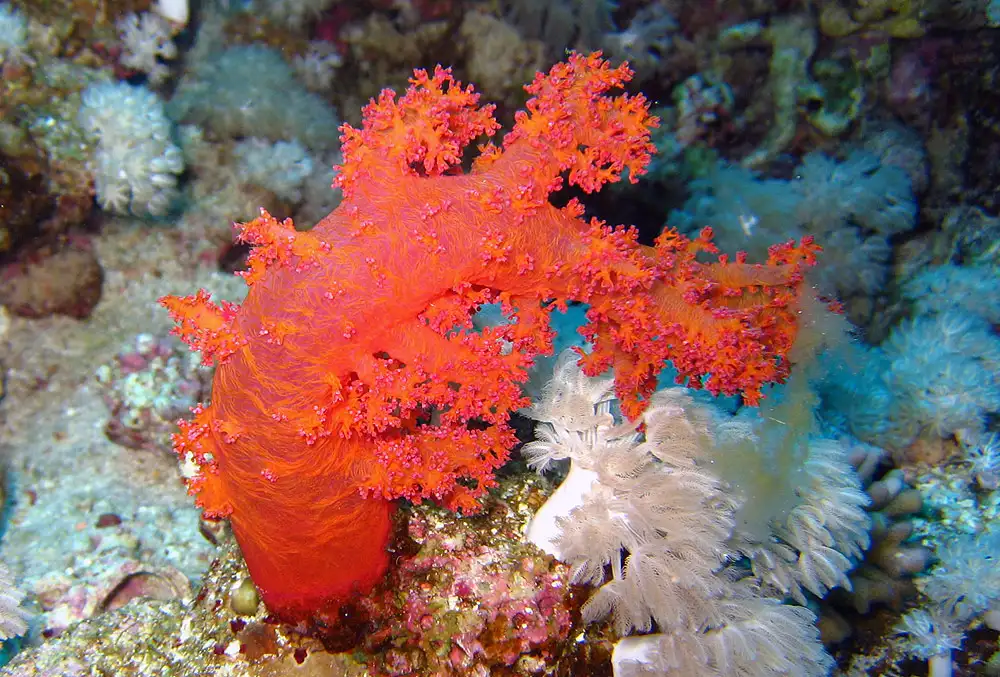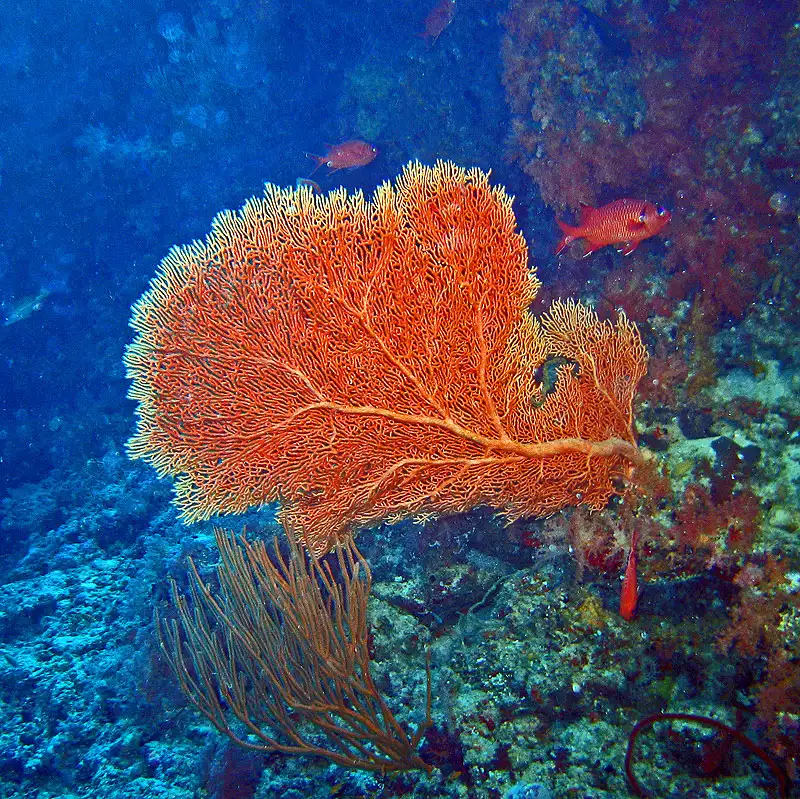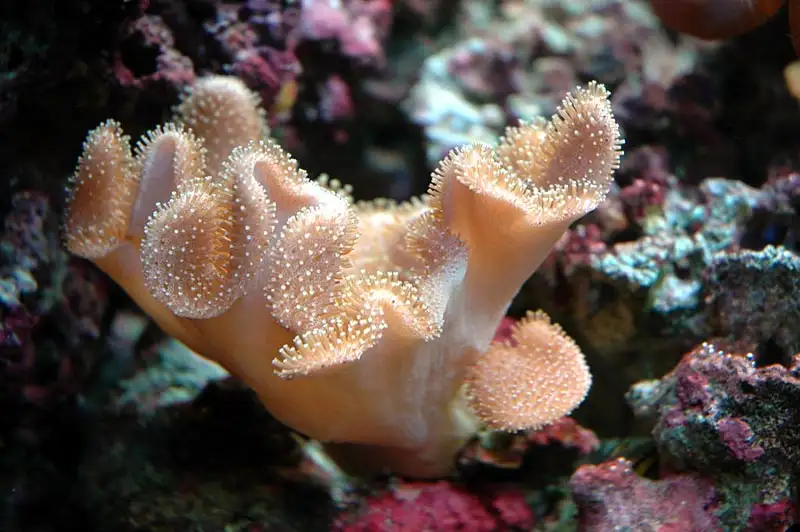Elegant Honeycomb Coral
IUCN
LCBasic Information
Scientific classification
- name:Elegant Honeycomb Coral
- Scientific Name:Favia speciosa (= Dipsastraea speciosa)
- Outline:Echinodermata
- Family:Merulinidae Favia
Vital signs
- length:Colony diameter 20–60 cm; up to >1 m
- Weight:Varies widely with colony size; no single figure
- lifetime:Long‑lived reef builder (multi‑year to decades)
Feature
Photosymbiotic reef coral; nocturnal polyp feeding; budding growth; strong morphological plasticity.
Distribution and Habitat
Indo‑Pacific reef flats, lagoons and upper slopes (~2–25 m) with moderate flow.
Appearance
Massive/sub‑hemispherical colonies with plocoid corallites; brown/green/yellow‑green hues, often fluorescent rims; fine night tentacles.
Details
Favia speciosa (also cited as Dipsastraea speciosa) is a photosymbiotic, reef‑building stony coral. It harbours zooxanthellae (Symbiodiniaceae) for most of its energy and supplements this with nocturnal particle/zooplankton capture. Colonies are typically massive to sub‑hemispherical with clearly separated plocoid corallites.
Ecology & Biology
Nutrition: chiefly photosynthesis; polyps extend at night to feed on micro‑zooplankton and particulates.
Phenotypic plasticity: more compact/low‑profile forms on high‑energy reefs; more bulging forms in calmer/deeper sites.
Reproduction: sexual (seasonal broadcast spawning/planulation) and asexual budding; colonies are multi‑year.
Identification
Colonies massive, surface covered by evenly spaced corallites with distinct individual walls. Corallite diameter often ~5–12 mm (regional variation). Septa are relatively regular; oral discs and walls may show deeper hues. Colours include brown, green, yellow‑green etc., often with bright fluorescent rims; polyps extend as fine tentacles by night.
Colony size & Longevity
Colony diameter: typically 20–60 cm; occasionally >1 m on healthy reefs.
Growth: slow to moderate; strongly affected by light, nutrients and temperature.
Life: long‑lived reef builder (multi‑year to decades).
Range & Habitat
Widespread across the tropical Indo‑Pacific (Indian Ocean to W. Pacific, SE Asia, northern Australia and some Pacific islands). Common on reef flats, lagoons and upper outer‑reef slopes (~2–25 m) with moderate water movement to clear sediments.
Threats & Conservation
Thermal stress & bleaching during marine heatwaves.
Sedimentation/pollution reducing photosynthesis and larval settlement.
Physical damage from storms, anchoring and trampling.
IUCN: listings vary among sources and regions; for consistency here we mark it as Not Evaluated (NE) and note the synonymDipsastraea speciosa. Management: protect healthy reef tracts, control nutrients/sediments, and regulate tourism/collection.
FAQ
Q1. How to tell it from other “brain corals”? F. speciosa has separate corallite walls (plocoid) giving a honeycomb look;
contrast with meandroid genera where long valleys share walls. Precise ID may require skeletal/sclerite examination and locality.
Q2. Why fluorescent rims? Related to symbiont density, pigments and light regime; more evident under blue light or at night.
Q3. Is aquaculture possible? Yes—fragmentation works but needs stable water quality, high light and moderate flow; excess nutrients/sediments are harmful.
Q4. Favia vs. Dipsastraea? Recent taxonomy moves many former Favia species into Dipsastraea; both names appear in literature.

